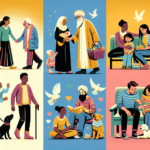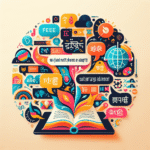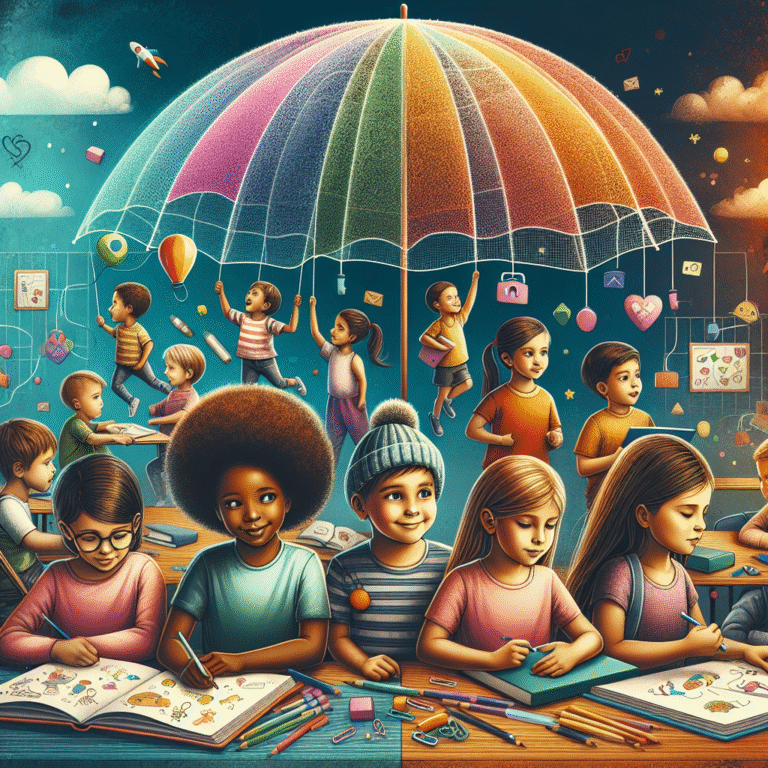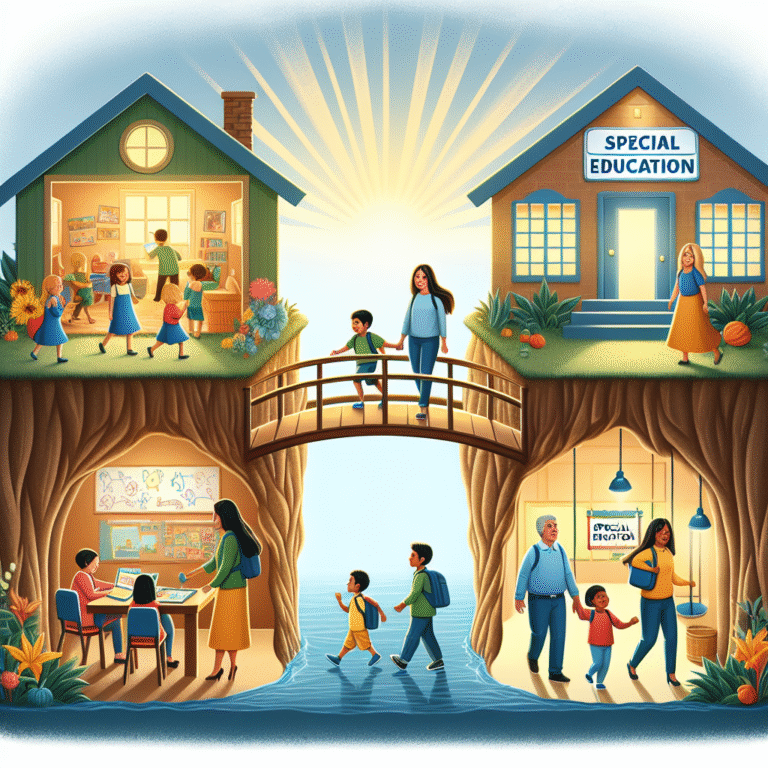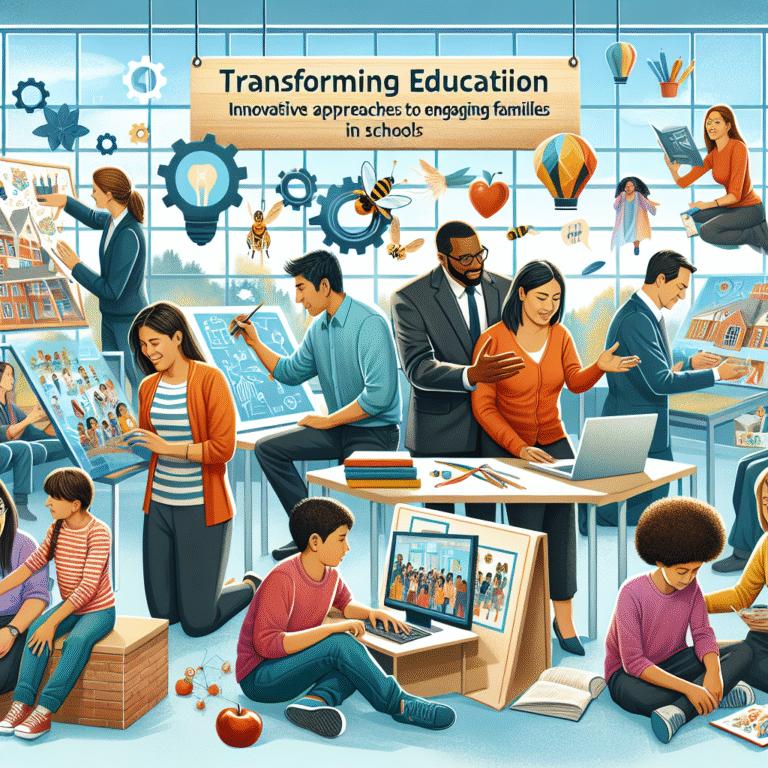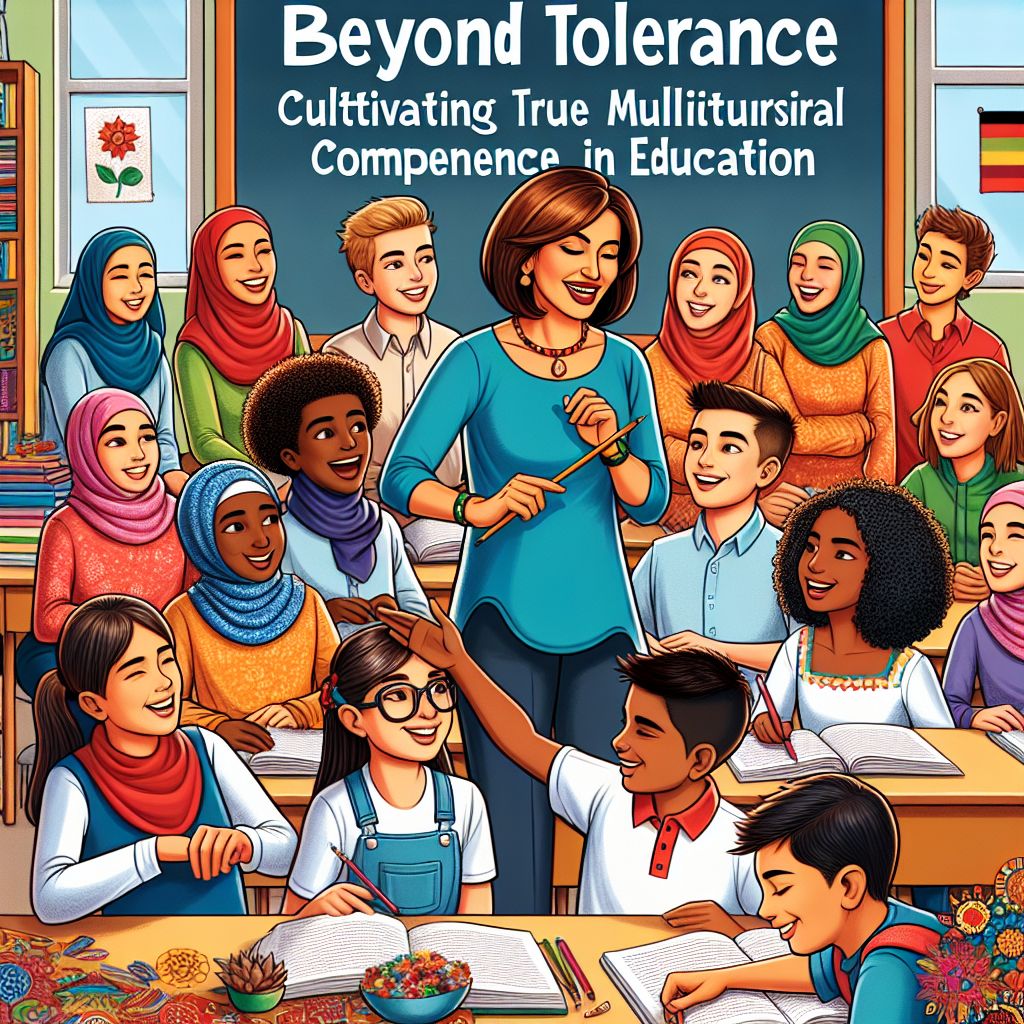
Introduction
In an increasingly interconnected world, the call for educational systems to evolve beyond mere tolerance towards a profound appreciation of multicultural competencies has never been more urgent. The idea that simply allowing diverse cultures to coexist in a classroom is sufficient is a misconception that restricts the full potential of education. Schools that embrace the concept of "Beyond Tolerance: Cultivating True Multicultural Competence in Education" not only enrich their academic environments but also prepare students to thrive in a multifaceted society. This exploration of true multicultural competence seeks to illuminate the transformative power of inclusivity in education, shaping not only individual lives but also fostering a harmonious global society.
Understanding Multicultural Competence
What is Multicultural Competence?
Multicultural competence refers to the ability to understand, communicate with, and effectively interact with people across cultures. It entails a deep awareness of one’s own cultural biases and an appreciation for the histories and values of diverse groups. In educational settings, cultivating this competence involves integrating diverse perspectives into curricula, promoting critical thinking, and providing students with the tools to engage thoughtfully with differences.
The Importance of Moving Beyond Tolerance
While tolerance implies a begrudging acceptance of diversity, true multicultural competence encourages admiration and respect for differences. Rather than simply allowing diverse cultures to coexist, we must actively foster environments where varied cultural narratives are recognized and celebrated. This approach benefits not just traditionally marginalized groups but also enhances the educational experience for all students by encouraging open dialogue, collaboration, and creativity.
The Foundations of Multicultural Competence in Education
Philosophy of Education
To cultivate true multicultural competence, educational institutions must embed this philosophy in their core mission. Schools should emphasize values of respect, curiosity, empathy, and social justice, which can be achieved through policies, curriculum development, and teacher training.
Case Study: The University of Southern California
The University of Southern California (USC) serves as a prime example of this educational philosophy in action. USC actively promotes multicultural engagement through its Center for Urban Education, which aims to improve educational outcomes for underrepresented students. By incorporating initiatives that attract a diverse faculty and student body and fostering community partnerships, USC exemplifies how institutions can develop a comprehensive approach to multicultural competence.
Curriculum Development
Developing a curriculum that reflects diverse perspectives is crucial for cultivating multicultural competence. This involves the integration of diverse voices across subjects—history, literature, science, and art—ensuring that students can see themselves and others in their studies.
Case Study: San Diego Unified School District
The San Diego Unified School District implemented a "Culturally Relevant Curriculum" designed to reflect the backgrounds of its diverse student population. The curriculum includes literature from various cultures and incorporates local histories, which has proven effective in enhancing student engagement and academic performance.
Teacher Training and Professional Development
Educators must be equipped with the skills and knowledge to teach in a multicultural environment effectively. Professional development programs should focus on cultural competency, bias training, and collaborative teaching strategies.
Table 1: Key Areas for Teacher Training
| Training Focus | Description |
|---|---|
| Cultural Awareness | Understanding cultural biases and histories. |
| Teaching Pedagogy | Methods for integrating diverse perspectives. |
| Conflict Resolution | Techniques for mediating cultural misunderstandings. |
Strategies for Cultivating Multicultural Competence
Creating Inclusive Learning Environments
An inclusive classroom is one where all students feel valued and respected. Strategies to foster this include diverse seating arrangements, open discussion forums, and activities that celebrate different cultures.
Encouraging Student-Led Initiatives
Empowering students to take the lead on cultural events and discussions helps to cultivate peer respect and understanding. Schools can foster this by creating clubs and organizations that represent different cultural backgrounds.
Case Study: Diversity Club at Lincoln High School
Lincoln High School established a Diversity Club that organizes cultural days, discussions, and educational panels. This club encourages students to share their heritage and promotes peer education about various cultural practices and beliefs.
Promoting Community Engagement
Engagement with the community can enhance students’ multicultural awareness and competence. Schools can partner with community organizations to create programs that expose students to diverse cultural practices and social issues.
Chart 1: Benefits of Community Engagement
| Benefit | Description |
|---|---|
| Real-World Exposure | Opportunities for students to interact with diverse communities. |
| Broadened Perspectives | Enhanced understanding of different cultural practices and issues. |
| Strengthened Relationships | Building trust and collaboration between schools and local communities. |
Measuring Multicultural Competence
Assessment Tools
Evaluating multicultural competence involves using various assessment tools, including surveys, reflections, and performance evaluations. These instruments can help educators understand how well they are fostering an environment of inclusivity and learning.
Case Study: Multicultural Competence Assessment at the University of Michigan
The University of Michigan developed a comprehensive assessment tool to measure students’ multicultural competencies. This system collects feedback from students and faculty, analyzing the effectiveness of multicultural programs and initiatives. The findings inform ongoing improvements and curriculum adjustments.
Challenges and Misconceptions
Common Misconceptions
Educators often assume that multicultural competence is achieved through a few isolated lessons or activities. This belief undermines the ongoing nature of cultural engagement and the necessity for systemic change.
Addressing Resistance
Resistance to integrating multicultural competencies can arise from various sources, including personal biases or lack of understanding. Ongoing professional development and community-building activities can diminish resistance by fostering open dialogue and shared learning experiences.
Conclusion
The journey toward "Beyond Tolerance: Cultivating True Multicultural Competence in Education" is one of growth and commitment. As educators, students, and community members alike embrace this transformative journey, they not only enrich their surroundings but also lay the groundwork for a more inclusive, empathetic, and understanding future. The steps we take today to foster multicultural competence will create waves of impact that extend far beyond the confines of our classrooms.
Take Action
To embody the true essence of multicultural competence, educators should:
- Engage in Continuous Learning: Commit to ongoing education about various cultures and inclusive teaching practices.
- Foster Open Dialogue: Create safe spaces for discussions regarding culture, bias, and understanding.
- Implement Diverse Curricula: Ensure teaching materials reflect the diversity of voices and stories.
- Encourage Student Leadership: Empower students to take ownership of multicultural initiatives.
By taking these actionable steps, we not only enhance our own understanding but also inspire the next generation to appreciate the richness of a multicultural world.
FAQs
1. What steps can teachers take to promote multicultural competence in their classrooms?
Teachers can start by integrating diverse perspectives into their curriculum, encouraging open discussions about cultural differences, and creating an inclusive classroom environment. Professional development focused on cultural competencies can also be beneficial.
2. How can schools involve parents and communities in multicultural education?
Schools can host cultural events, encourage parent participation in multicultural clubs, and partner with local cultural organizations to provide resources and speakers.
3. What resources are available to help educators develop multicultural competence?
Many organizations offer professional development workshops and resources on multicultural education, such as Teaching Tolerance and the National Association for Multicultural Education (NAME).
4. How can we measure the effectiveness of multicultural programs in schools?
Effectiveness can be measured through surveys, student reflections, and academic performance data, as well as feedback from parents and community stakeholders.
5. How do we address resistance from staff or stakeholders regarding multicultural initiatives?
Open dialogue, professional development, and showcasing the benefits of multicultural education through data and successful case studies can help address resistance and build support.
By embracing the principles of "Beyond Tolerance: Cultivating True Multicultural Competence in Education," we build not only better educational environments but also a richer societal landscape.
